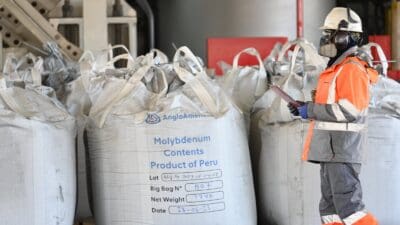Saga‘s (LSE: SAGA) life as a public company has been plagued with problems since the very start. When it initially hit the market in 2014, the group was forced to price its shares at 185p, almost 25% below the top of its original target range, even though demand for the shares was so intense many investors did not receive all of the shares they requested.
Initially, this looked like a lucky escape as, by the end of 2014, the stock had slumped to a low of 150p. However, in the years after, as the business made good on its strategy to steadily improve earnings and sales, the stock recovered to a high of 225p in 2016, but then things started to go wrong.
Analysts started to become sceptical about Saga’s plans for growth in 2017, and these concerns were confirmed at the end of the year when it issued a profit warning for 2017 and 2018.
Fending off competition
The company’s problems are partly self-inflicted and partly uncontrollable. For example, other insurers are working hard to steal customers or as management called it, “a meaningful, significant step up in the competitive environment, with a number of competitors going after volume.” As well as this step up in the competitive environment, profits have also been impacted by the decision to change the business model of the group’s insurance business from insurance underwriting to insurance broking. This business shift has been in progress for several years, and management believes it is the right direction to take, considering the performance of other competitors who use the same model.
To be able to compete better in the marketplace, Saga is increasing its marketing spend by £10m, which will be funded by cutting £10m off its annual cost base of £250m for a one-off charge of £4m. So, in theory, the higher spending should not have too much of an impact on margins after stripping out the one-time cost. Indeed, management expects Saga to return to growth in 2019-20 when a “double tailwind” of new customers and new ships in its travel business begin to pay off. Until then, investors will be paid to wait with the firm’s 7.7% dividend yield, but is this payout sustainable?
Well, management has stated that the dividend policy will not be impacted by sliding profits and I’m inclined to believe this. The business is highly cash generative, capital spending requirements are low and with net gearing of less than 36%, the balance sheet looks strong.
For the period to July 31 2017, Saga generated free cash flow before dividends of £64m, all of which was returned to shareholders. Assuming management is correct and profits to start to recover by the end of the decade, then this looks to be sustainable, and the company could even take on a small amount of debt to guarantee the payout for longer.






